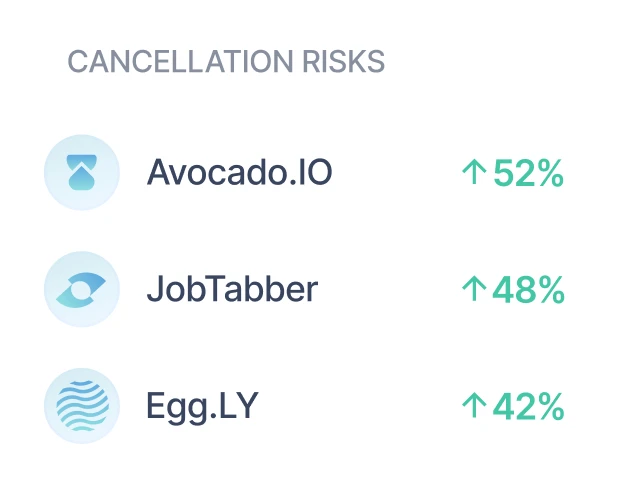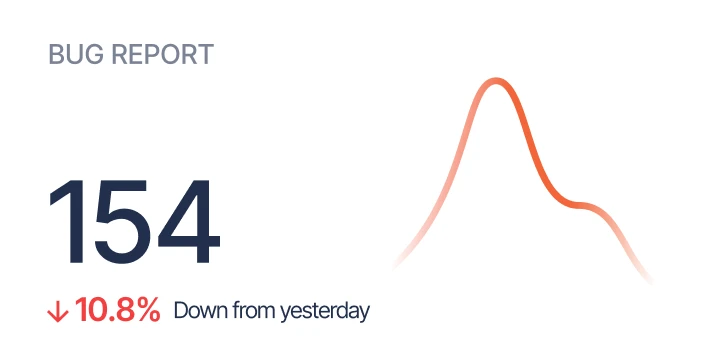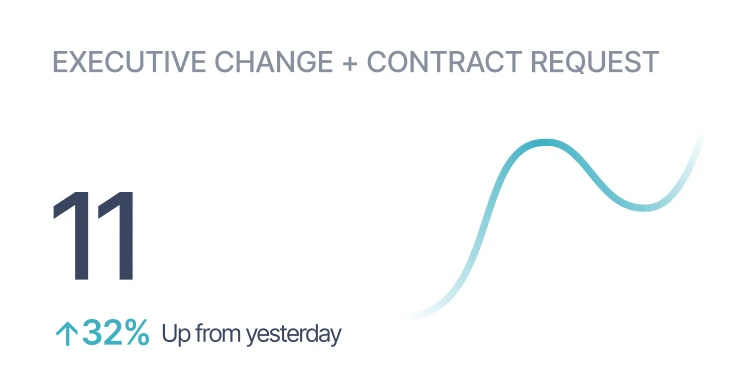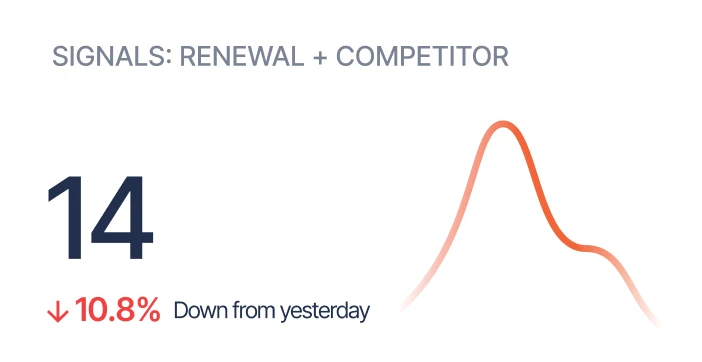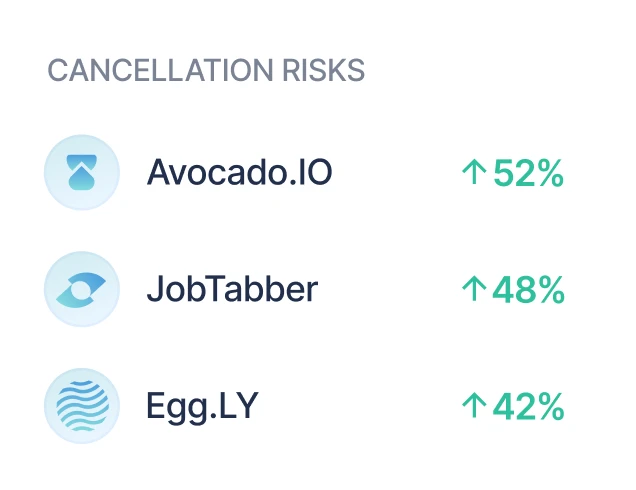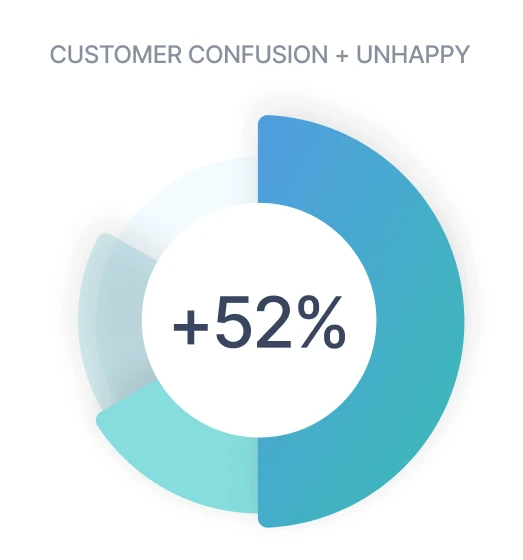(The image attached to this post is not entirely accurate but read on, and I’ll explain)
I’ve been spending a lot of time on Sturdy’s brand message lately. Part of this process entails interviewing folks from various walks of life about the current state of their businesses, their teams, and the companies they invest in.
The recurring theme: Sales Leaders aren’t having a good time right now. But you knew that already. I want to talk about what you don’t know.
After one of my interviews, I received a text with a quote by the former CEO of Swedish Airlines, Jan Carlzon.
An individual without information can’t take responsibility. An individual with information can’t help but take responsibility.
There are many different “things”’ that impact revenue: bad service, confusing products, poor response times, overselling, bug reports, price, whacky renewal processes, etc. You already knew this.
You know a lot about economic conditions, because that information is widely, and publicly available. You probably know a fair amount about “Sales Things” because your team is talking about “percent to goal” in almost every meeting, and there are a lot of discussions about what’s working and what isn’t. And, you likely review almost every deal in your pipeline.
What would happen if the opportunities in your pipeline were randomly placed in your ticket systems, CRMs, and a smattering of email inboxes? Knowing what was working with sales would get more difficult, if not impossible.
Today, the issues that affect service, product, marketing, etc., are randomly smattered across every customer-facing system in your business. The only way you “know” they happen is if someone else decides they are important enough to log or forward.
How do you get the information you need to make an impact?
Where is the information your product team needs to know?
Where is the information that your pricing team needs to know?
Where is the information that your renewals team needs to know?
If your Product Marketing Manager wants to know how their new pricing plan is working, what would inform that? A pretty good source—I’d argue the best source—of that information is sitting in emails, tickets, and call transcripts. But, if you are a Product Marketing Manager, you don’t have access to tickets, call transcripts, or customer emails.
You’ve been paywalled.
If you want to know what features to fix, there’s a data point in your Support Chatbot. When your Renewals Manager needs information on an account , they need to scroll through tickets and ask a few people, “What’s going on with this account?”
As a result, every business has smart people who rely on other people to log things, categorize things, and forward things. This is why our teams have logins to systems they seldom use - so they can find a “thing” they might need.
The irony is that the information you need to know to do your job effectively is harder to source than the information about things you can’t control.
You probably know the inflation rate. If you don’t, you can discover it in one search.
Your VP of CS probably doesn’t know “What’s the most common source of customer frustration in the last 90 days?” Why? Because that information is splashed across your business in a host of silos that VP can’t access. Imagine trying to do that job, without that answer.
Imagine if that VP could answer that question in one search, using what customers are actually saying to every person in your business.
This paywalling has made our businesses fragile and slow. The hints of the B2B slowdown were arriving at our doorsteps in emails and tickets for months. “We’re cutting costs”. “Procurement wants a discount.” Why didn’t we see this coming? Because we weren’t looking for it, and couldn’t find it.
Time to get faster, and sturdier. You have smart people who can take responsibility. Bust the paywalls and give them information they need to react and act.
Do that hard things,
Steve

.png)

.png)
.png)

